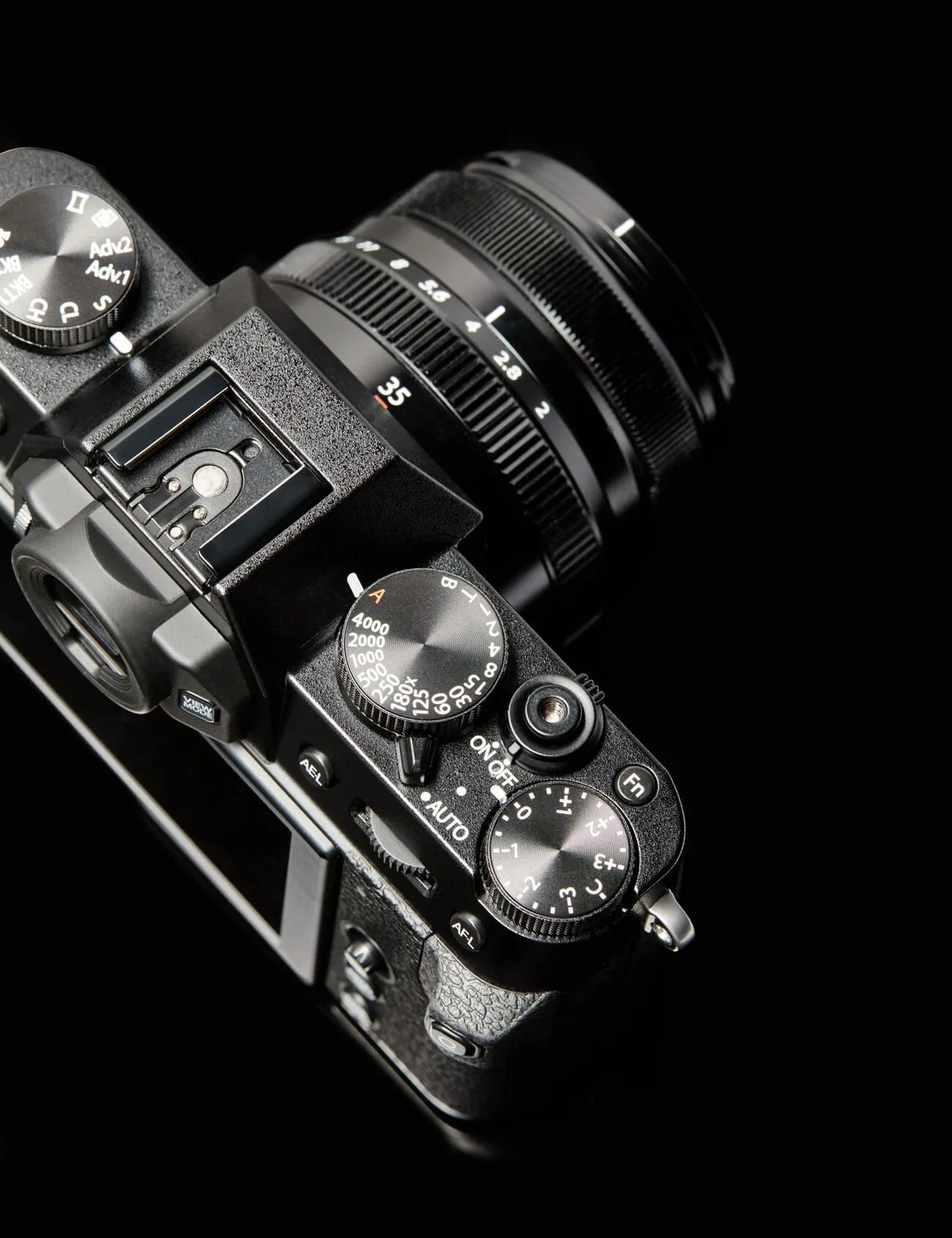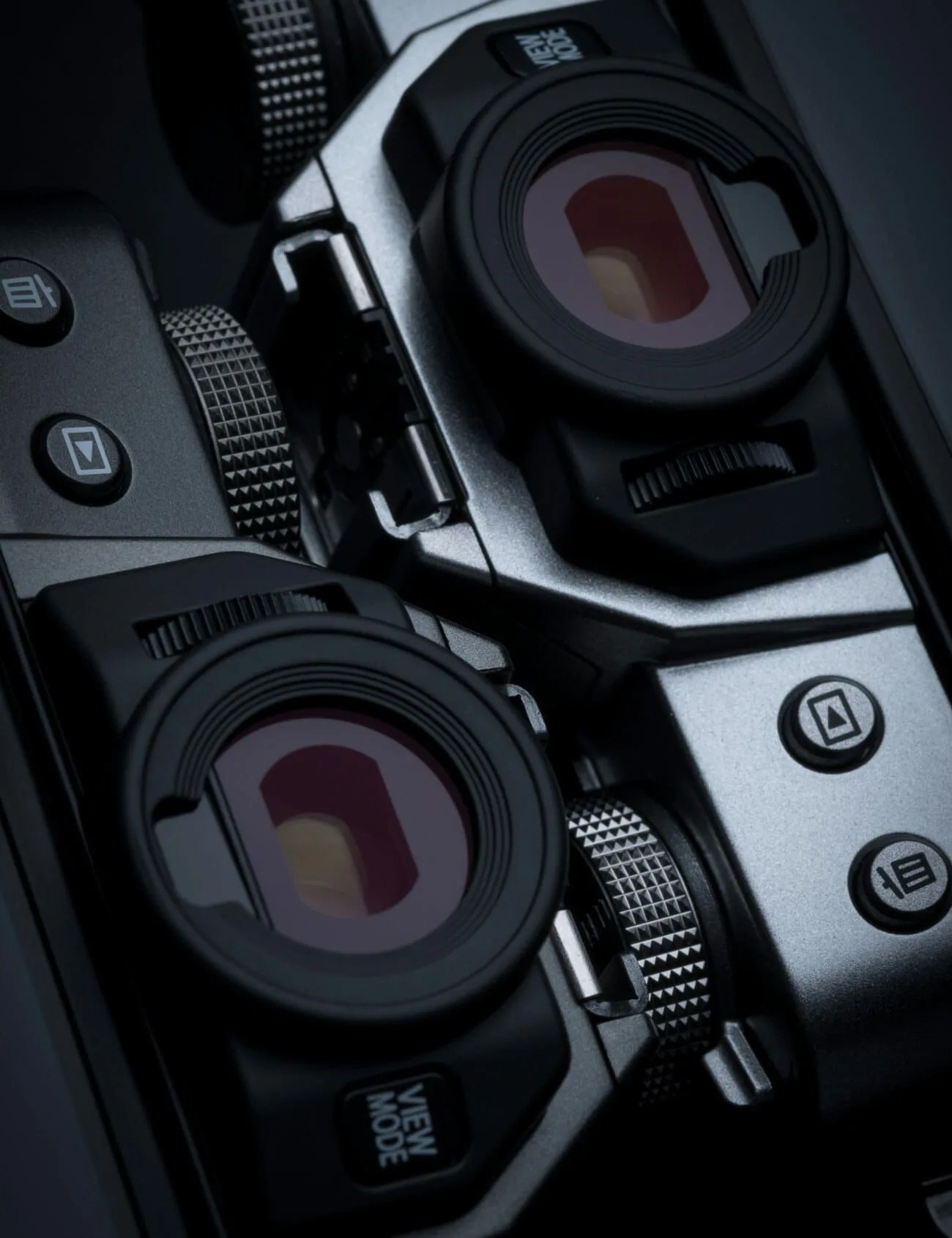This story is part of the GP100, our annual roundup of the best products of the year. To see the full list of winners, grab the latest issue of Gear Patrol Magazine.
The idea of a “travel camera” is a confusing one in 2019. Just about everyone who’s traveling already has one on their phone, and odds are, it’s pretty good. Multiple lenses paired with technological effects like portrait mode, HDR and ultra-low-light settings all mean that not only are high-end smartphones incredibly convenient, their images are more than attractive enough to induce #FOMO when viewed at 600 pixels wide on Instagram.
So where does that leave something like the Fujifilm X-T30? Dollar for dollar, it’s maybe the best travel camera ever made, but —- like an idyllic sunset seen on vacation but not posted to social media — does it even matter?

Before we dive into the deeper question, a little justification of that rather bold claim about the X-T30. Fujifilm is generally considered (at least among our photo staff) to make the best cameras available for less than $2,000. There’s a greatness about their cameras, going all the way back to 2011’s X100 and ramping up with the introduction of its X-Trans sensor in the X-Pro1 in 2012. (Without getting too nerdy, X-Trans is a rearrangement of the color filter that sits in front of the sensor, helping to improve issues like noise and grain structure.) The colors are fantastic, the sharpness and micro-contrast are great and the film modes (simulations of old Fujifilm film stocks) are way better than they have any right to be. The current flagship, the X-T3, reflects these qualities better than any camera the brand has made.
The X-T30 is effectively the travel-size brother of that phenomenal X-T3. It’s a bit smaller and lighter, gives up a couple features and is a full $600 cheaper than the $1,500 XT-3. What’s most important though, is what remains unchanged: the 30 boasts the excellent X-Trans sensor, color science, autofocus, processing speed, burst speed, physical dials (sans ISO dial), general control scheme and semi-retro aesthetics as its bigger brother. What, then, makes it 40 percent less expensive? The camera isn’t weather sealed, the video capability is (slightly) stunted and the viewfinder is smaller— but these compromises are more than fair for the price. You’re not going to find another camera under $1,000 that can surpass the X-T30.
Further Reading
• The Best Vintage Cameras You Can Still Buy
• 3 Great Cameras to Buy Under $1,000

